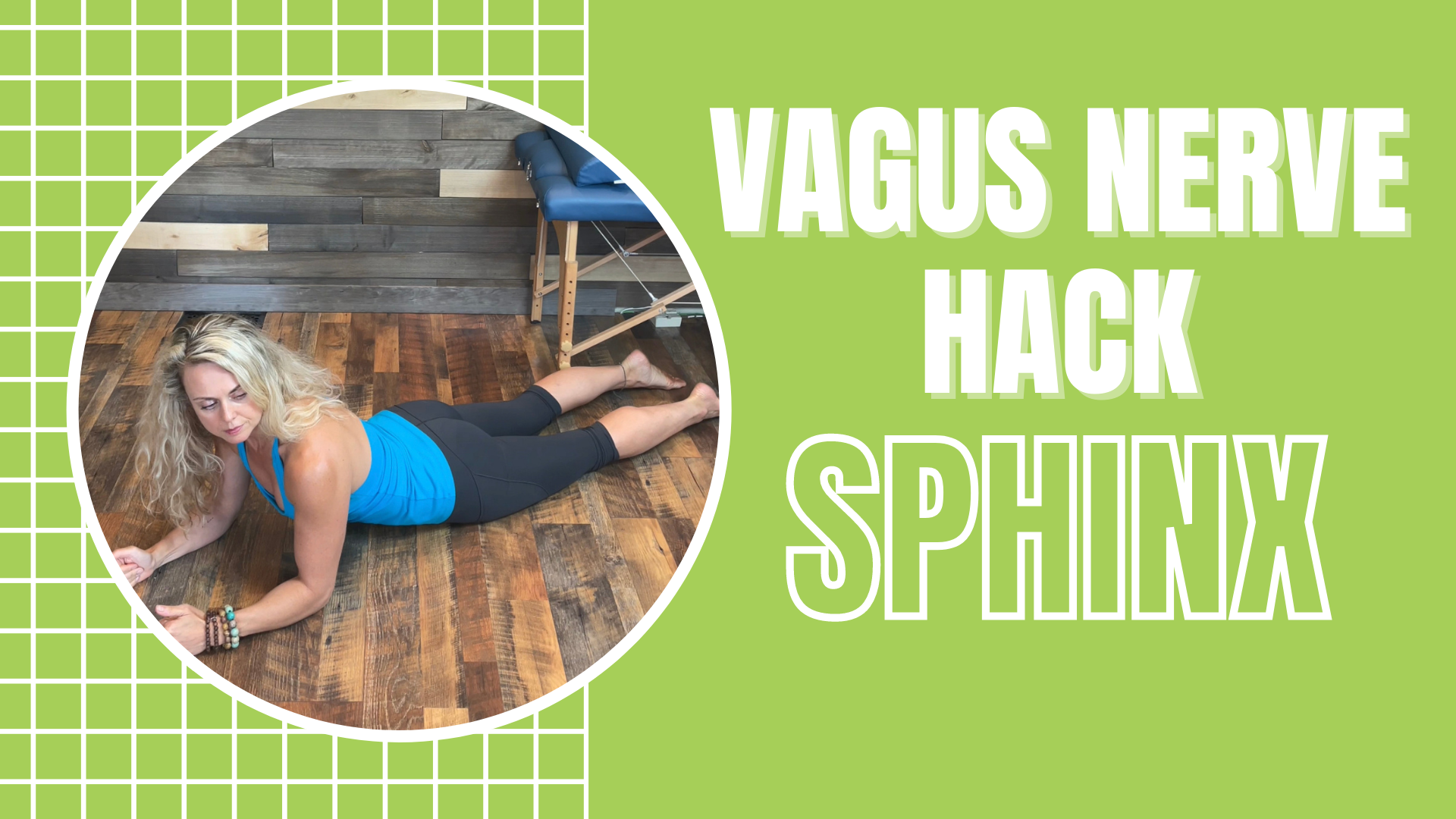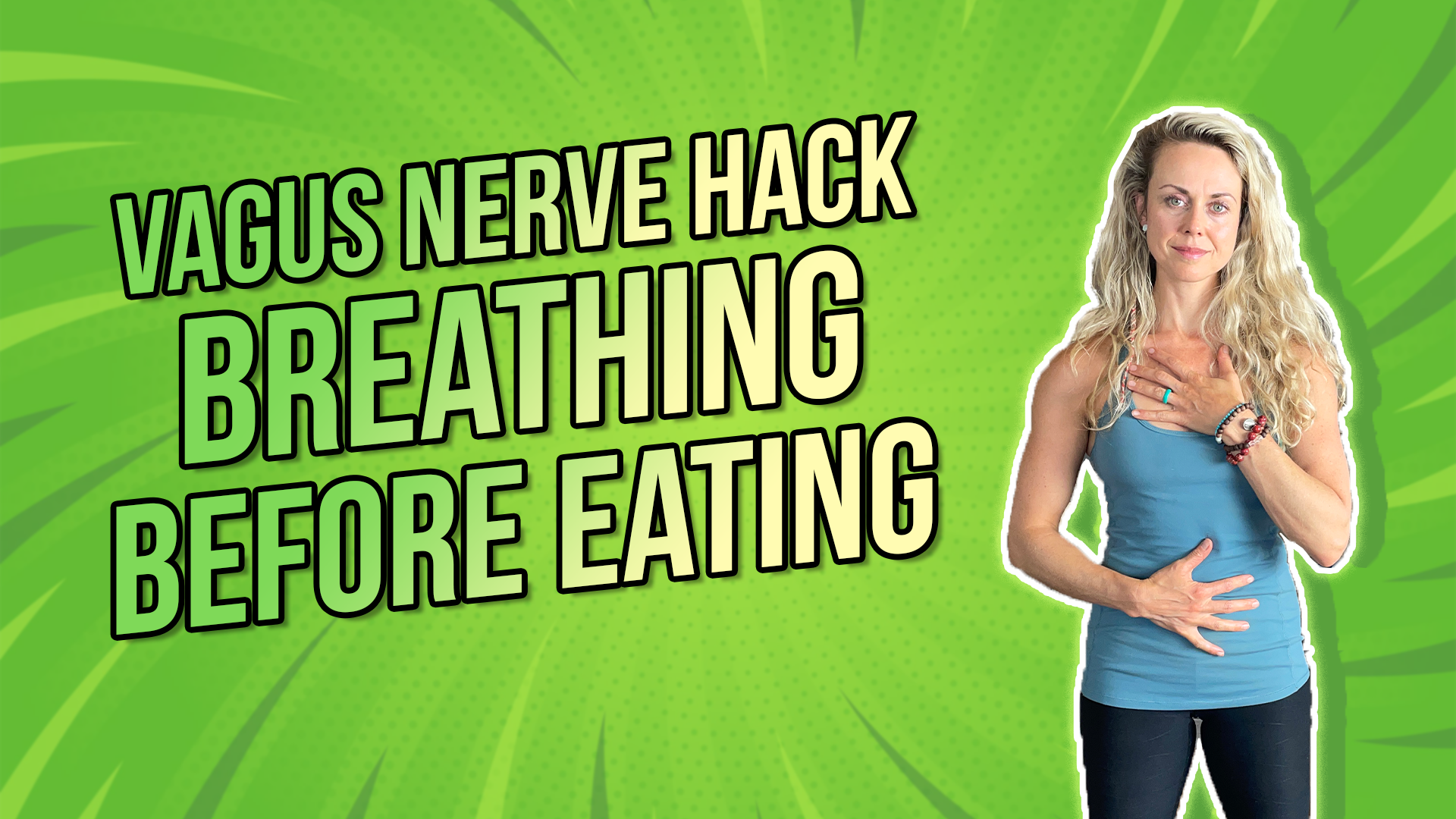Because of the anatomy of the vagus nerve, salivating can be an extremely effective technique for calming the nervous system.
Rather watch or listen?
Anatomy
The vagus nerve exits the brainstem and as it exits, it branches into the ear and into the throat—the pharyngeal branch of the vagus nerve.
Why perform this exercise?
Ultimately, we are stimulating the pharyngeal branch of the vagus nerve. There are three types of salivary glands—the parotid, submandibular, and sublingual. When you are able to generate a copious amount of saliva, you are, in fact, stimulating the vagus nerve and in a parasympathetic state.
If you’re not able to do that, then that might be indicative that you are not in a parasympathetic state; perhaps you’re in a fight/flight or freeze state. Whether you are actually salivating or bathing your tongue in your saliva, you will ultimately bring yourself to a parasympathetic state.
How to perform the exercise
To perform this exercise, think of something that will stimulate saliva. For example, you can think of a juicy lemon. Then, you can begin to bathe your tongue in the saliva.
Once you do that, wait patiently until whatever response you may have—that could come in a swallow, which is a response of your nervous system of relaxation. You could also simply feel relaxed and calm.
Everyone may have a unique response, but this can be an effective technique to bring yourself to a parasympathetic response.
If this was helpful, make sure you give it a like, give it a share. Please check out all the other vagus nerve hacks that may be able to help you self-regulate so to be able to take control of your nervous system.
If you are ready to take action now, schedule here. https://p.bttr.to/351vvVU
Other things that might interest you:
How Your Vagus Nerve Affects Your Gut Health



